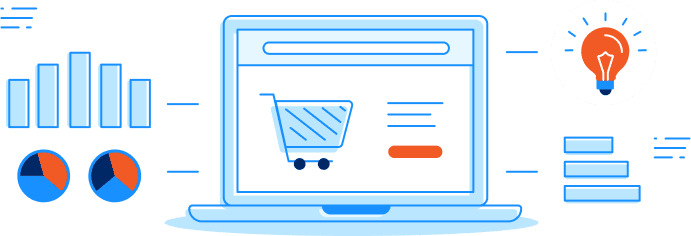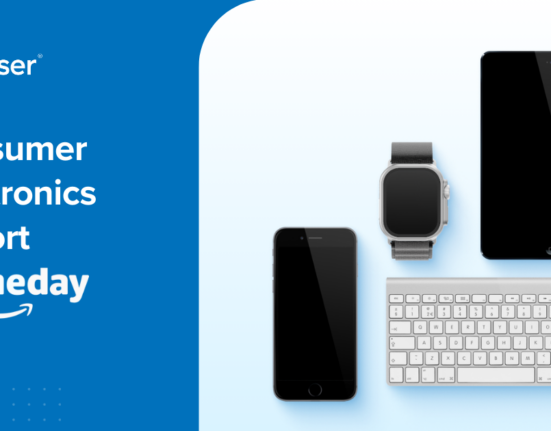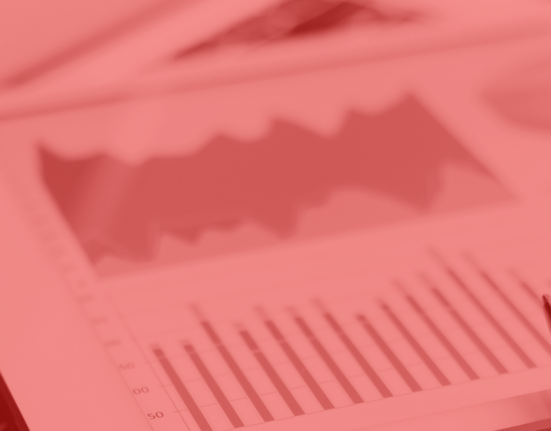The best brands and retailers have top-notch pricing solutions. This is just a fact of life in the eCommerce space, as prices change by the minute—or second—and consumers have more options than ever before. An ideal pricing solution is a must-have for companies to remain competitive and drive sales in this channel.
Of course, that doesn’t mean eCommerce and pricing are not without their challenges. Quite the contrary, as you know. The right pricing solution might mean different things for different brands and retailers, and it’s important to understand what you need to succeed and how pricing strategies fit into that framework.
With that said, here are four use cases for price intelligence that could be exactly what you need to achieve eCommerce growth.
Use Case No. 1: Competitive Price Intelligence
The first use case is competitive intelligence. Specifically, using pricing data to monitor the competition and better understand their pricing strategies. Naturally, eCommerce doesn’t happen in a vacuum. What you do depends on what similar companies do. Your shoppers will browse your website or brand on third-party marketplaces right next to the competition. They’ll see their prices and yours and make a decision on who to buy.
Therefore, you must know what the competition is doing before your shoppers do. This means accurate, timely price intelligence that clearly states the prices on your competitors SKUs. For many brands and retailers today, this means monitoring similar SKUs sold across your company and others.
Then, you can maximize actionable pricing and contextual data to make the right pricing decisions to win the sale.
Use Case No. 2: Repricing
The next use case for price intelligence is repricing, or the ability to calculate and update prices. Odds are, you know that you need to change prices on a frequent basis in order to remain competitive, increase sales, or maintain profit margins. What you may not know is what is the right price in order to achieve those goals.
That is where price intelligence comes into play. Quality pricing data allows you to optimize prices based on objective information, not guesswork. You can see that X price generates Y sales and reprice accordingly. You can watch the competition and track the outcomes of their pricing strategies, then reprice your own SKUs.
The end result is that you are confident in your repricing and have a higher chance of success.
Use Case No. 3: Evaluate Pricing Performance
On a related note, the third use case of price intelligence is the ability to evaluate your own pricing performance. There is little benefit as a brand or retailer to not understanding the outcomes of your pricing strategies. Most likely, you have a manual process in place to track these outcomes, report on the data, and adjust your strategies accordingly.
The benefit of certain price intelligence solutions is that the evaluation of your pricing performance can become more automated and streamlined, saving you time and money. You can establish an automated feedback loop to measure the results achieved by your pricing strategies. The price intelligence tool will display SKU-level data that will make it clear whether you’re on the right track or need to shift priorities.
Therefore, many brands and retailers use price intelligence today so they know which pricing strategies work and which ones don’t.
Use Case No. 4: Assess Market Trends
Finally, the fourth use case for price intelligence is to assess market trends. On one hand, it’s great to know how your SKUs are priced and how your competitors’ SKUs are priced. However, that information without context might not be as effective as you need it to be. That’s why the ability to assess market trends is a must-have in any pricing tool.
Brands and retailers use this data to analyze market trends, competitive trends, and economic trends to make decisions about their own pricing strategies. They can see historical data that shows how prices have evolved over time and understand where prices will go in the future. The same can be said for competitors’ prices and overall market trends.
Then, it’s possible to better understand when and why prices change and reprice based on that information. Brands and retailers are able to get ahead of changes and capitalize on market conditions. A simple example is holidays, but there is also the potential to predict larger market trends or one-off changes that will affect sales.
Find Your Perfect Price with Price Intelligence
All in all, these four use cases all tie back into your ability to set the best prices on your SKUs for your business objectives, no matter what those are. You can leverage this price intelligence to watch the competition, reprice, measure results, or monitor trends.
With all that at once, you’ll have the actionable data to set the perfect price and watch sales roll in. Let us know how price intelligence can benefit your company!














